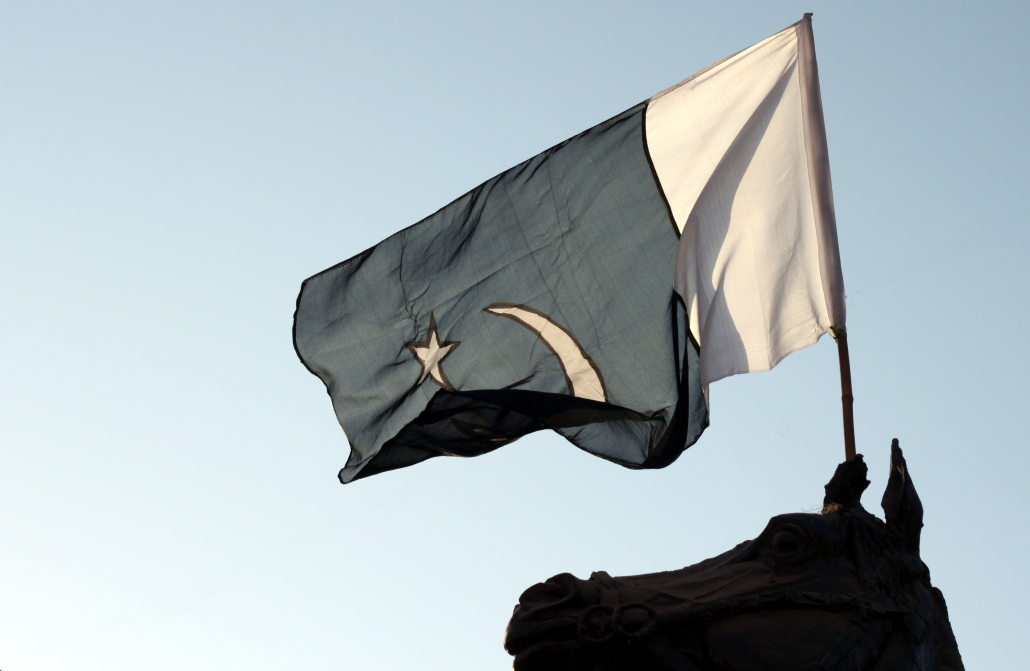Community speaks on Pakistan flooding

Beginning with heavy rain in June, Pakistan has experienced catastrophic flooding in addition to extreme heat waves. The floods have covered more than a third of the country in water, washing away crops and livestock and damaging more than a million homes. More than 1,400 people, including about 530 children, have died, and millions have been displaced.
People living in Pakistan are used to a large monsoon season, but this year’s season has been the wettest on record. The extreme rainfall caused the Indus River, which runs throughout the entirety of the nation, to overflow. Balochistan, the largest province of the country, has seen rainfall that is 500% above average as of Aug. 30; this has damaged over 75% of its land.
Although Pakistan contributed only 0.3% of the world’s warming emissions in 2020, it is one of the 10 nations most vulnerable to climate crises and will likely feel more effects with time. Adam Rose, a research professor at the USC Price School of Public Policy, spoke about the increasing likelihood of disasters like the flooding in Pakistan.
“What was once a one in 100 year event in the U.S. is now becoming a once in 50 year, once in 20 year event, meaning they’re likely to occur five times as often,” Rose said. “That’s what Pakistan is likely to face because climate change isn’t going to stop and reverse itself; it’s actually going to keep getting stronger as we emit more greenhouse gasses, so we can expect more of these events in the coming years.”
Although Rose predicts that Pakistan and the rest of the world will continue to face climate disasters more often in the future, he also believes that a disaster like the flooding in Pakistan, which has been well documented and widely reported on, has the potential to galvanize climate action from other nations.
“There is concern, even if it didn’t happen to you, there’s concern about the plight of these 1,400 people that were killed, 500 of them being children,” he said. “That pulls on people’s heartstrings, and they start thinking about doing something. And then, you have events that are starting to hit home, like the fires in California, and more and more people are going to see every year.”
Abeerah Siddiqui, a junior majoring in environmental science and health, is one of many Pakistani and Pakistani American students within the USC community. She said that it has been encouraging to see that the rest of the world is aware of the situation in Pakistan.
“It’s been great to see that people around the world are raising awareness about what’s going on,” Siddiqui said. “Especially because I think these days, people aren’t usually so aware of events that aren’t happening in their immediate vicinity. So it’s been great to see that people are organizing fundraisers, putting out information and that articles are being written.”
Siddiqui also said she was glad to see awareness from the USC administration. President Carol Folt wrote in an Aug. 29 Instagram statement that she was “heartbroken watching the devastating humanitarian crisis and climate disaster unfolding in Pakistan,” and she urged impacted USC students, faculty and staff to reach out for help.
“It was nice to see that acknowledgement and that the University is aware of what’s happening,” Siddiqui said in response to Folt’s statement.
The USC Pakistani Student Association, which Siddiqui is a part of, has been spreading awareness of the disaster and promoting various ways in which USC students can help those affected. Any students interested in helping out or donating can visit the USC PSA Instagram page, where they have posted links to three organizations that are providing aid in Pakistan: the Alkhidmat Foundation, Islamic Relief Worldwide and Akhuwat.
“I think [donating is] one of the best ways to help out from all the way out here,” Siddiqui said. “Just providing this funding so that they can utilize them in the local communities to help rebuild or offer support in any way they can, because a lot of people have lost their homes, their livelihoods and they don’t have anywhere that they can go to.”

